We started the day, of course without wind. Today Birgitte would arrive from Holland and we would pick her up at Samos beach on Kefalonia island. But it all worked out different! The wind picked up to 15 knots and now Samos beach was on the lee shore. With so much wind it was no option to pick her up there. We diverted to Antisamos which is not really much further but a bit better windwise. Once we were there we found we had no 4G connection! And we had to inform Birgitte that she had to go another place! Luckily the satellite phone was working so at least we could send her a text message! Communication was extremely hard at some point and we had no clue where she was and when she would arrive. And it was getting dark as well and the wind and the swell kept going. At around 20.30 we finally saw a car driving down the hill in our direction and YESSSS! she was here! We picked her up with the dinghy, where she almost fell off when getting into the boat! So we started her short visit laughing because all of the excitment! We opened a bottle to celebrate Robbert his birthday which was yesterday! Great evening to start Birgitte her mini holidays!
Kefalonia island
Cephalonia or Kefalonia (Greek: Κεφαλονιά or Κεφαλλονιά), formerly also known as Kefallinia or Kephallenia (Κεφαλληνία), is the largest of the Ionian Islands in western Greece. The capital of Cephalonia is Argostoli.
The main island of the regional unit is Cephalonia and has a size of 773 km2. The town of Argostoli has one-third of the island’s inhabitants. Lixouri is the second major settlement, and the two towns together account for almost two-thirds of the population. The other major islands are: Petalas Island and Asteris Island, but they are uninhabited.
Cephalonia lies in the heart of an earthquake zone, and dozens of minor, unrecorded tremors occur each year. In 1953, a massive earthquake destroyed almost all of the settlements on the island, leaving only Fiskardo in the north untouched. Important natural features include Melissani Lake, the Drogarati caves, and the Koutavos Lagoon in Argostoli. The island has a rich biodiversity, with a substantial number of endemic and rare species. The island has a dozen beaches everywhere.



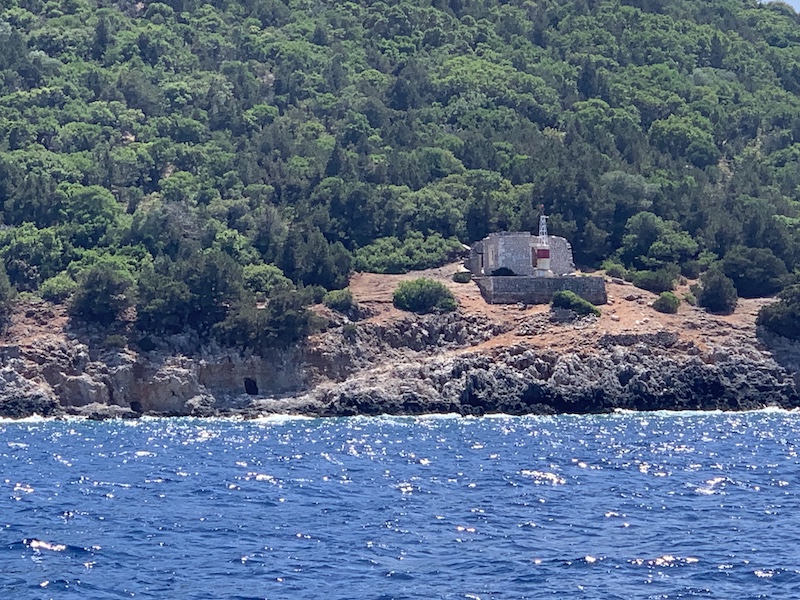
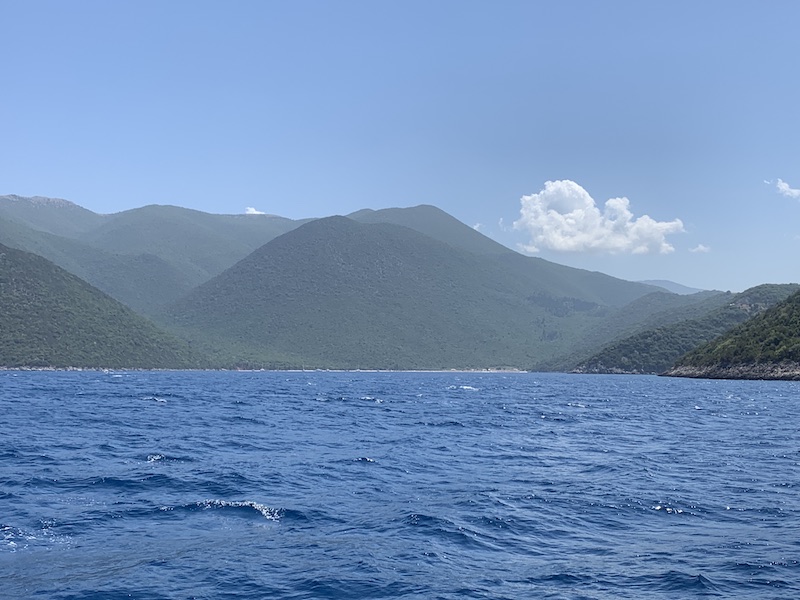
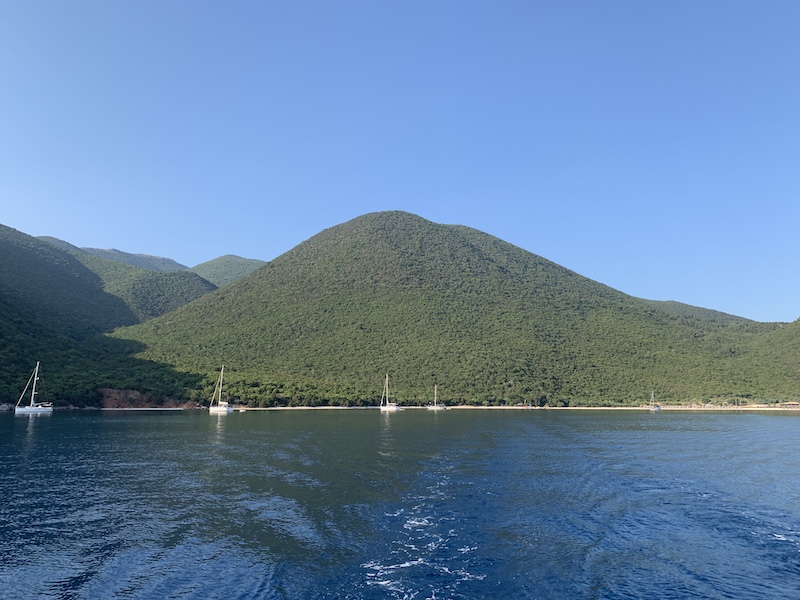
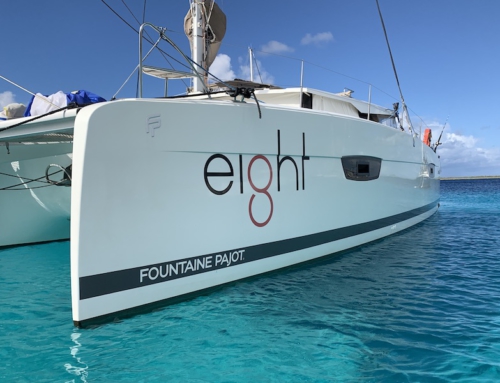
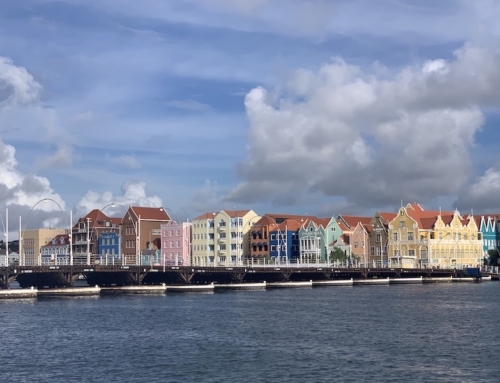
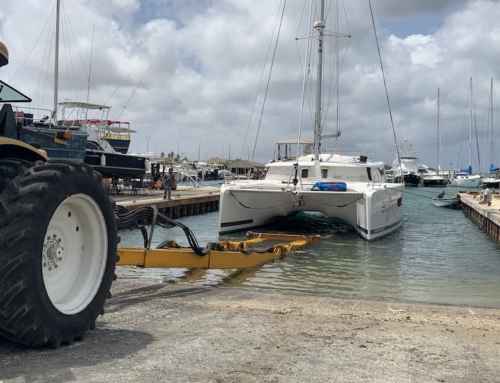
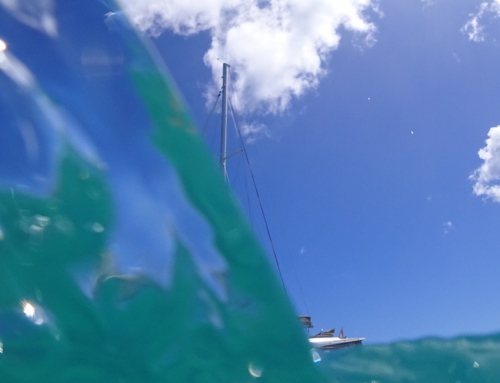
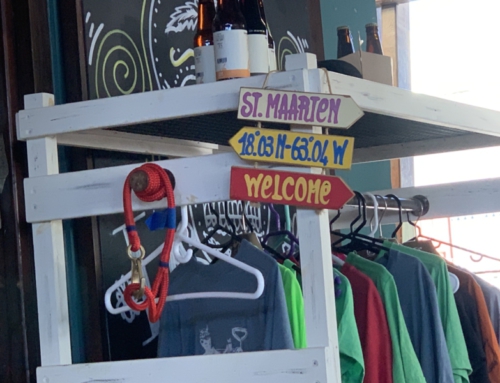
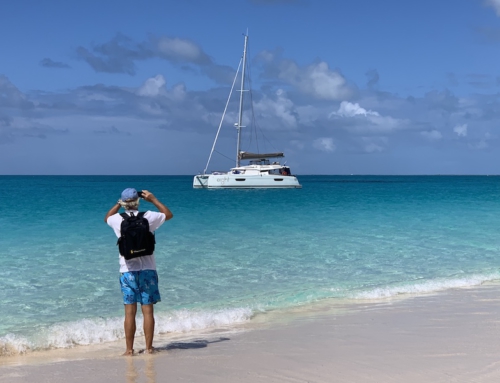
Leave A Comment